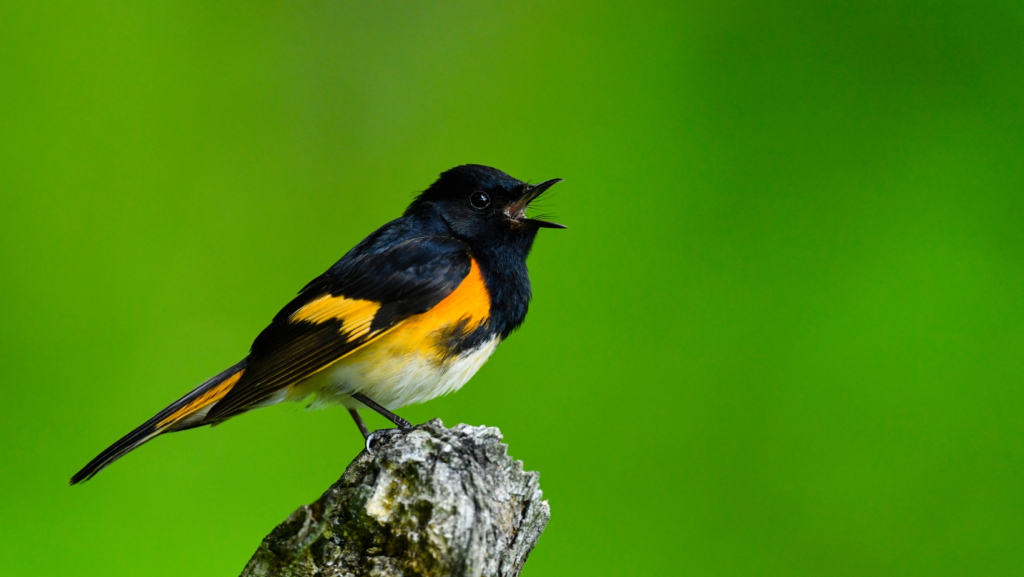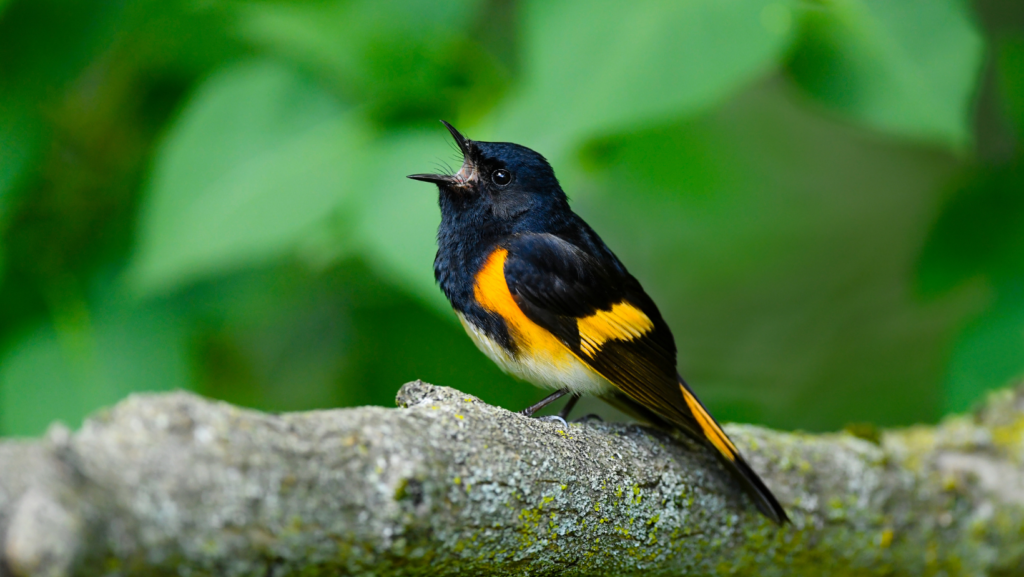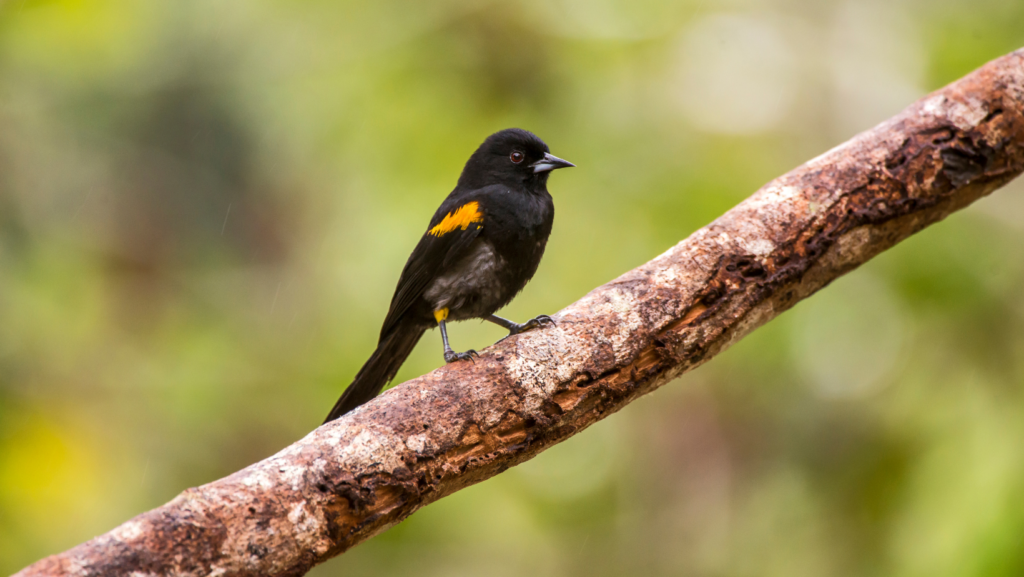The Canada Warbler (Cardellina canadensis) is a migratory songbird known for its vibrant plumage and melodious song. Let’s explore the life cycle of the Canada Warbler, encompassing its birth, growth, adult life, habitat, food habits, reproduction, and ultimately, its lifespan.
Birth and Growth:

- Nesting:
Canada Warblers typically breed in the boreal and mixed forests of North America. The female builds a cup-shaped nest on or near the ground, hidden within vegetation. The nest is constructed with grasses, moss, and other plant materials. - Eggs and Incubation:
The female lays a clutch of 4-5 eggs, which are pale and speckled. Incubation lasts about 12 days, during which the female diligently tends to the eggs, keeping them warm and protected. - Hatching and Fledging:
Once the eggs hatch, the chicks are altricial, meaning they are born in a relatively undeveloped state. Both parents share the responsibility of feeding the chicks, which fledge and leave the nest approximately 10-12 days after hatching.
Adult Life:

- Plumage:
The Canada Warbler sports striking breeding plumage with a bright yellow underside and distinctive black “necklace” stripes. Outside the breeding season, their plumage is more subdued, featuring olive-green tones. - Migration:
These warblers are neotropical migrants, traveling thousands of kilometers between their breeding grounds in North America and wintering habitats in Central and South America.
Habitat and Food:
- Breeding Habitat:
Canada Warblers prefer moist, dense thickets, and coniferous or mixed forests during the breeding season. They are particularly fond of areas near water, such as streamside habitats. - Wintering Habitat:
During the winter, Canada Warblers inhabit montane forests in Central and South America, favoring areas with an abundance of insects and suitable cover. - Diet:
Their diet primarily consists of insects, spiders, and other arthropods. They forage actively in the understory, gleaning prey from leaves and branches.
Reproduction:

- Mating and Pair Bonding:
Canada Warblers are monogamous during the breeding season. Mating pairs engage in courtship displays, which include singing and aerial displays. - Territorial Behavior:
Males defend territories by singing and exhibiting aggressive behavior towards intruders. These territories are established to ensure sufficient resources for nesting and raising young. - Parental Care:
Both parents contribute to the care of the offspring, providing them with a diverse diet of insects and protecting them from potential threats.
Death:
The lifespan of Canada Warblers is relatively short, with an average lifespan of around 6-7 years. The primary threats to their survival include habitat loss, climate change, and potential predation during various life stages.
In conclusion, the Canada Warbler undergoes a fascinating life cycle, from hatching in carefully constructed nests to undertaking remarkable migrations. The species, like many others, faces challenges that necessitate conservation efforts to ensure its continued presence in the diverse ecosystems it inhabits.

